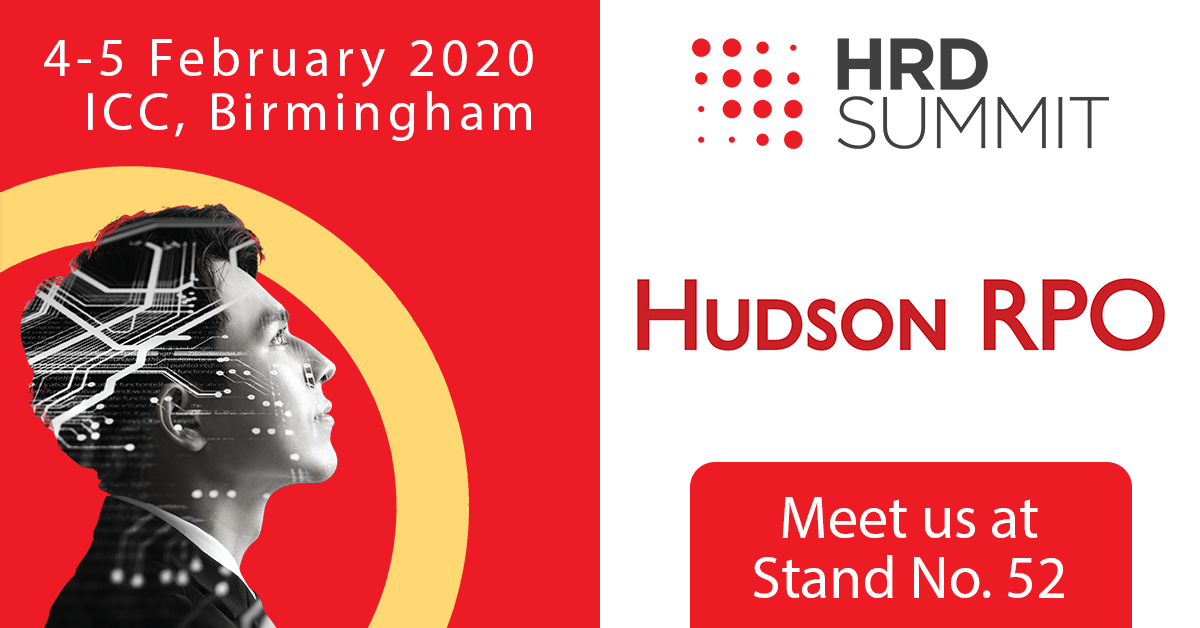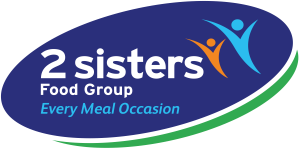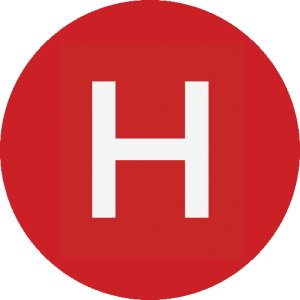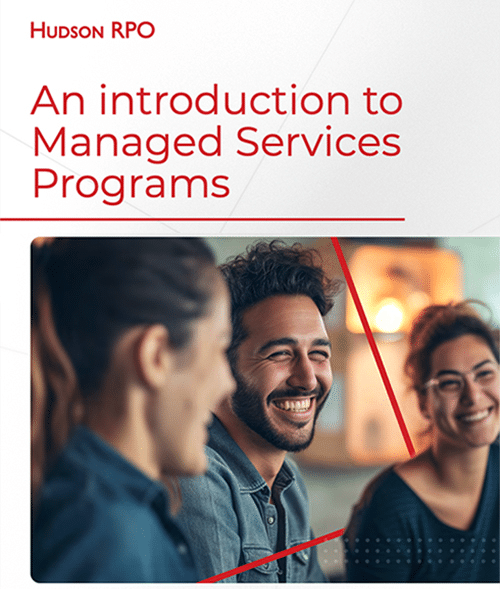HRD Summit 2020 has been announced, and we are proud to join Europe’s top HR leaders at the annual event.
The summit takes place this February, in Birmingham, UK. This year’s theme invites HR leaders to ‘harness human creativity’ on a deeper level throughout the workplace.
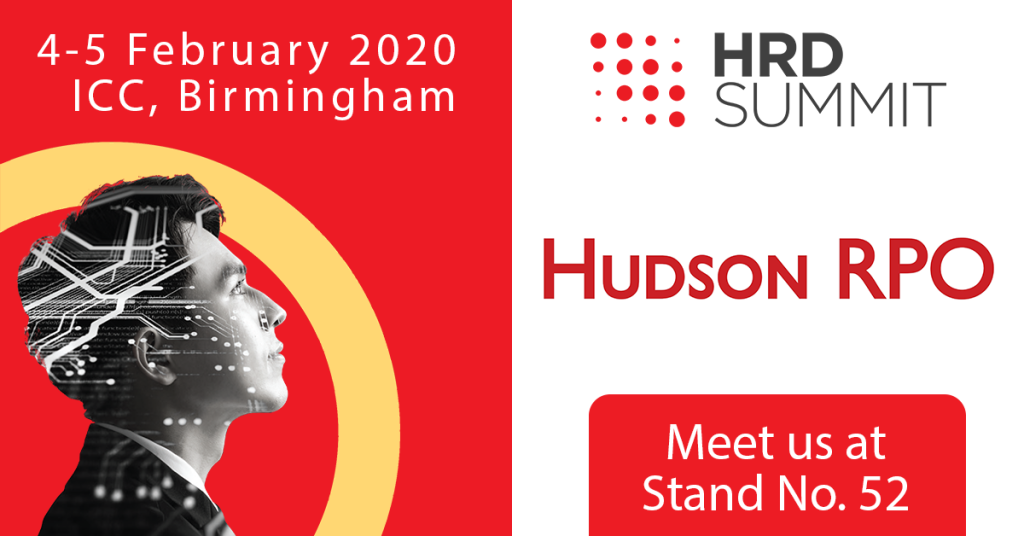
HRD Summit offers a great opportunity for talent leaders to discuss a range of current HR topics, from multilingual talent sourcing, to AI and recruitment.
The event will also feature a range of sessions and keynotes, including one from Eric Hutcherson, Chief Human Resources Officer for the National Basketball Association (NBA). Eric will discuss how to create lasting cultural transformation.
With such a range of exciting topics at HRD Summit UK, we look forward to seeing you there! Be sure to say hello at Stand No. 52.
Don’t miss the Talent Acquisition talks at HRD Summit
Our very own Justin Somerville-Cotton, Head of Sales and Solutions, will be chairing the Talent Acquisition stream.
The stream will include a masterclass presented by Lynne Burns, HR Director (UK) for HSBC, with a focus on tapping into new avenues for talent.
The stream also includes a masterclass on recruitment technology, led by talent directors at Mitie facility management company.
“We’re looking forward to exploring what it means for business leaders to push the realms of human creativity,” Justin said.

Hudson RPO will also be facilitating a masterclass on the subject of talent acquisition, offering unique insights and actionable tips for on-site and off-site recruitment strategies.
Celebrating a welcome return to the HRD Summit UK
Hudson RPO is a longtime partner of the HRD Summit.
Darren Lancaster, CEO for Hudson RPO EMEA, said: “Last year’s event initiated many exciting conversations about the role that HR leaders play in the new business landscape,” Darren said.
“We can’t wait to rekindle that same energy and explore more opportunities for HR to champion creativity. As partners of HRD Summit 2020, we look forward to helping organisations discover how they can tap into deeper benefits of workplace creativity.”

Karl Ghamsari, Commercial Director of event organiser Contentive, said: “We are delighted to welcome Hudson RPO as a returning partner at HRD Summit UK. The team will once again be facilitating a fascinating talent stream. We’re grateful for the Hudson RPO talent experts who continue to add value to this phenomenal event.”
Click through to explore some of our previous HRD Summit coverage:
- Building a conscious organisation: views from Justin-Somerville Cotton
- Business engagement: discover how to motivate stakeholders, with advice from Lori Hock
- At HRD and beyond, in pursuit of the ‘conscious organization’: an inside-look at Hudson RPO values
